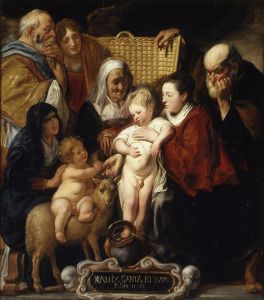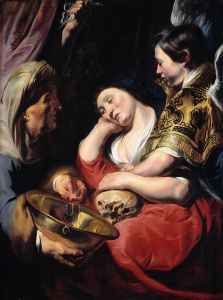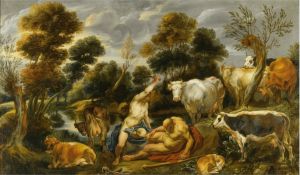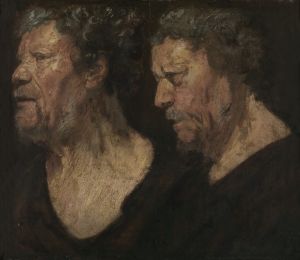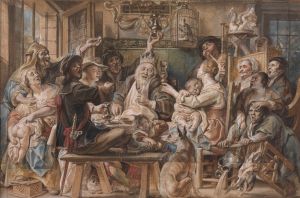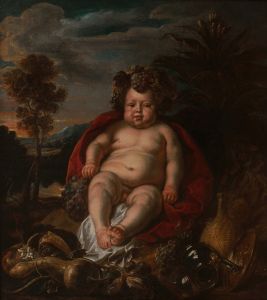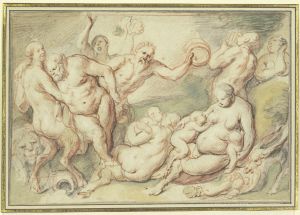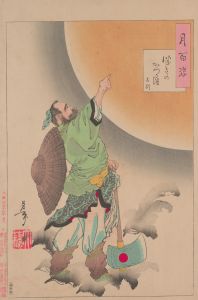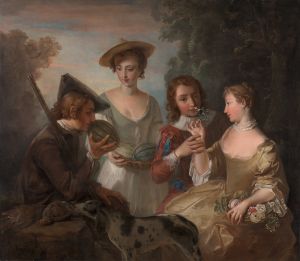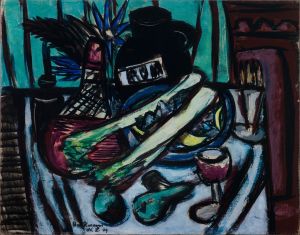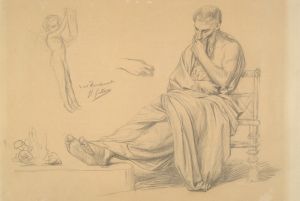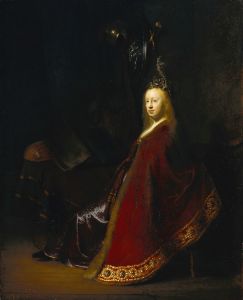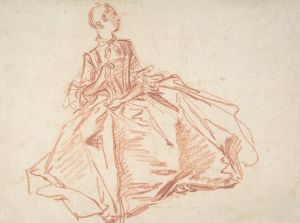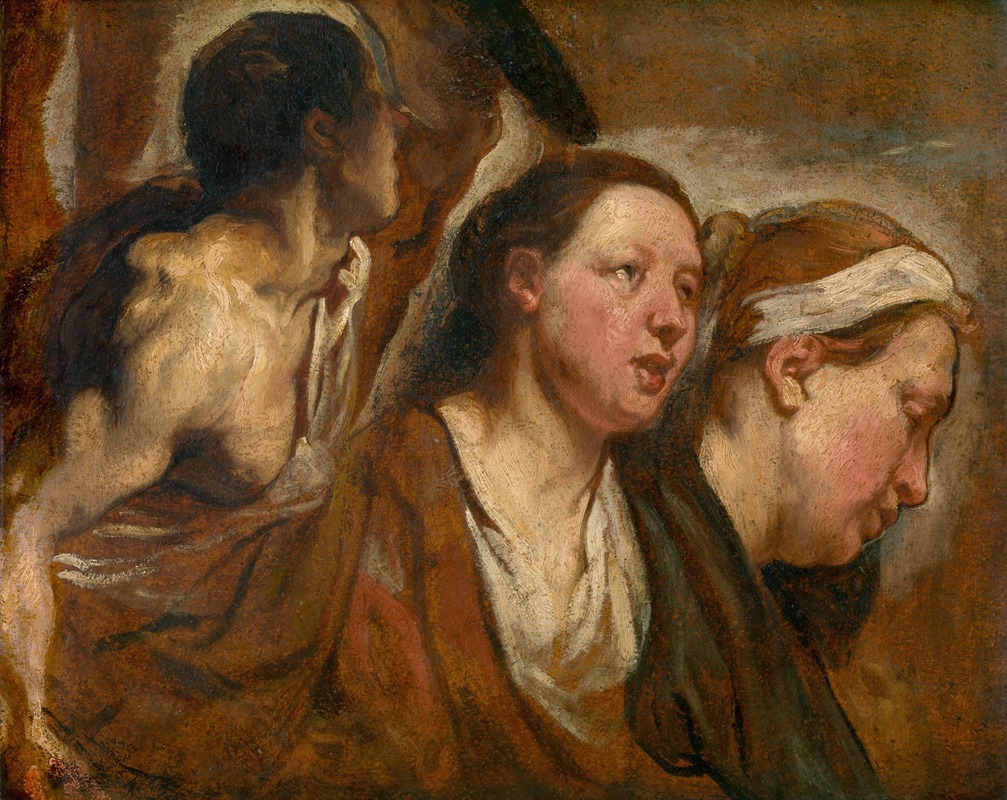
Two Female Heads and Torso of a Warrior
A hand-painted replica of Jacob Jordaens’s masterpiece Two Female Heads and Torso of a Warrior, meticulously crafted by professional artists to capture the true essence of the original. Each piece is created with museum-quality canvas and rare mineral pigments, carefully painted by experienced artists with delicate brushstrokes and rich, layered colors to perfectly recreate the texture of the original artwork. Unlike machine-printed reproductions, this hand-painted version brings the painting to life, infused with the artist’s emotions and skill in every stroke. Whether for personal collection or home decoration, it instantly elevates the artistic atmosphere of any space.
Jacob Jordaens (1593-1678) was a prominent Flemish Baroque painter, known for his dynamic compositions, vibrant use of color, and robust figures. He was a contemporary of Peter Paul Rubens and Anthony van Dyck, and like them, he played a significant role in the development of Baroque art in the Southern Netherlands. One of his notable works is "Two Female Heads and Torso of a Warrior."
"Two Female Heads and Torso of a Warrior" is an intriguing piece that showcases Jordaens' skill in capturing the human form and his adeptness at portraying expressive faces. The painting, which is believed to have been created in the early to mid-17th century, features three distinct figures: two female heads and the torso of a male warrior. The composition is notable for its dramatic use of light and shadow, which adds depth and intensity to the figures.
The two female heads are depicted with a high degree of realism, showcasing Jordaens' ability to convey emotion and character through facial expressions. The women appear to be in a state of contemplation or concern, their gazes directed away from the viewer. The intricate detailing of their features, including the texture of their hair and the subtle variations in their skin tones, highlights Jordaens' meticulous approach to portraiture.
The torso of the warrior, although incomplete, is rendered with a sense of strength and vitality. The muscular build and the dynamic pose suggest a figure of power and resilience. The warrior's armor is depicted with careful attention to detail, emphasizing the metallic sheen and the intricate designs that were characteristic of the period. The juxtaposition of the warrior's robust form with the more delicate features of the female heads creates a compelling contrast within the composition.
Jordaens' use of chiaroscuro, the technique of using strong contrasts between light and dark to achieve a sense of volume and three-dimensionality, is evident in this work. The interplay of light and shadow not only enhances the physical presence of the figures but also imbues the painting with a dramatic and almost theatrical quality.
The painting is also reflective of Jordaens' broader oeuvre, which often included themes of mythology, history, and allegory. While the exact narrative context of "Two Female Heads and Torso of a Warrior" is not explicitly clear, the elements within the painting suggest a scene of tension or conflict, possibly alluding to a mythological or historical event.
"Two Female Heads and Torso of a Warrior" is a testament to Jacob Jordaens' mastery as an artist and his ability to convey complex human emotions through his work. The painting remains an important example of Flemish Baroque art and continues to be studied and admired for its artistic and historical significance.





